
Computer Science, Computer Vision and Pattern Recognition
Bridging the gap between complex scientific research and the curious minds eager to explore it.
Page 130/179
LLaMA-2, the next generation of LLaMA. Meta trained and released LLaMA-2 in three model sizes: 7, 13, and 70 billion parameters. The model architecture remains largely unchanged from that of LLaMA-1 models, but 40% more data was used to train the foundational models. The accompanying preprint also mentions a model with 34B parameters that might be released in the future upon satisfying safety targets.

Computer Science, Computer Vision and Pattern Recognition
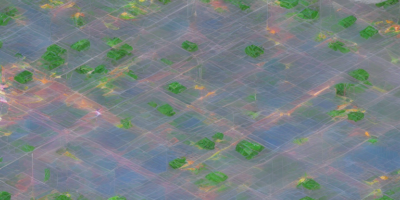
Mathematics, Numerical Analysis

Computer Science, Computer Vision and Pattern Recognition

Computer Science, Machine Learning

Computer Science, Human-Computer Interaction
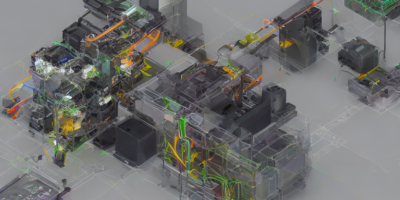
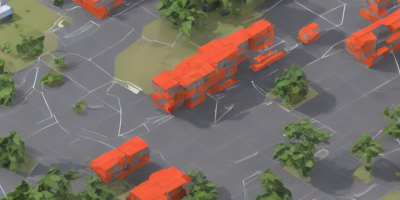
Computer Science, Machine Learning
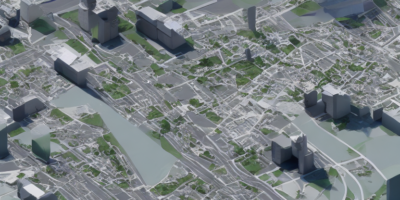
Computation and Language, Computer Science

Computer Science, Information Theory
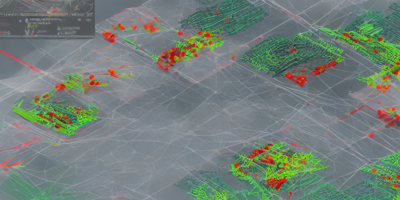
Computer Science, Cryptography and Security

Computer Science, Machine Learning
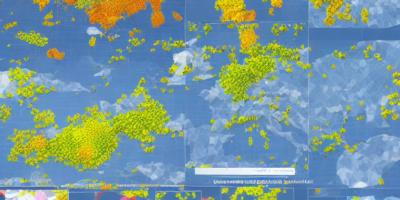
Computer Science, Machine Learning

Computer Science, Machine Learning

Computer Science, Computer Vision and Pattern Recognition
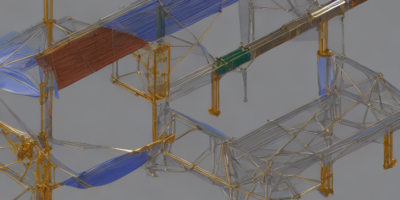
Mathematics, Numerical Analysis

Computer Science, Networking and Internet Architecture

Computer Science, Cryptography and Security

Computer Science, Computer Vision and Pattern Recognition

Computer Science, Machine Learning
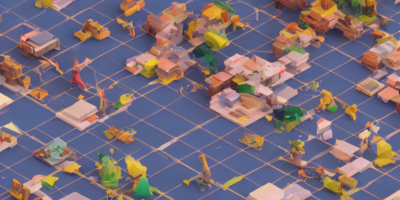
Computer Science, Human-Computer Interaction